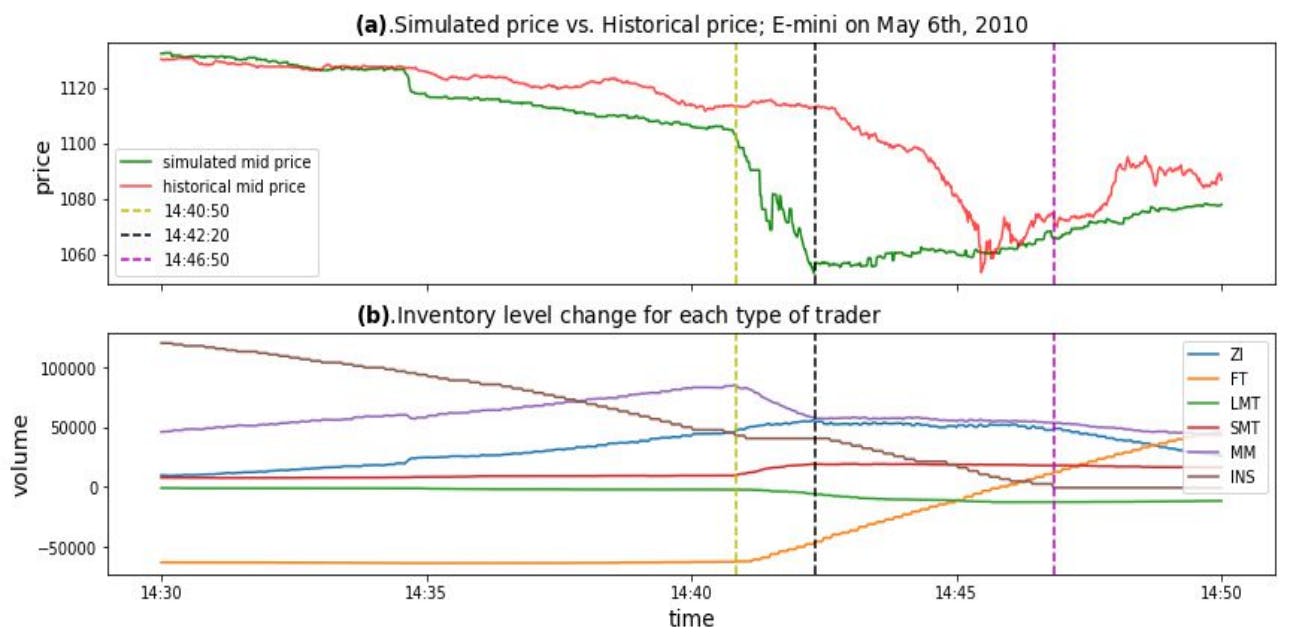The concept “global warming” seems to have fallen into disuse. Today we often speak of concepts such as “climate change” or even “anthropogenic climate change.” Are synonyms? Two expressions with which we can refer to the same phenomenon? Not quite.
We could say that global warming is a single Appearance of climate changealthough perhaps it is the central aspect of this. The difference between one concept and another can be subtle but understanding it can help us better understand the phenomenon as a whole.
What is global warming
Let’s start with the basic question: what is global warming. We call global warming to a phenomenon observed in recent decades: an increase in the global average of atmospheric temperature.
This increase in temperatures is not uniform or constant, but the records indicate that it has been producing, at least, Since the beginning of the 20th century. It is impossible to give a concrete measure of this increase since it can vary depending on the reference period we use.
For example, according to surveillance system data Copernicuswe can ensure that the temperature of the year 2024 was 1.65º Celsius higher than the pre -industrial average temperature, understood as the average temperatures between 1850 and 1900. It was the first year in which we exceed the imaginary figure of 1.5º, a key figure for climate experts.
The figure must be taken with caution: the natural variability of global temperatures, including factors such as the oscillation of the southern El Niño could have contributed to an extremely warm year. That is why the trend is in this case more important than the data itself.
Difference between global warming and climate change
We indicated at the beginning that global warming is one of the aspects of a more general phenomenon, Climate change; also called anthropogenic climate change to distinguish it from the numerous climate changes that have occurred throughout the geological history of our planet.
We generally see the weather as something static, in contrast to the weather, changing. However, the weather varies not only depending on our location but also over time. What makes special climate change are two factors: the rapid speed at which the climate and its anthropogenic origin change.
The average increase in global temperatures is the key characteristic of climate change, but not the only one, so the distinction between one and the other concept is important. Climate change includes changes in the evolution of rainfall patterns or extreme meteorological phenomena, changes in atmospheric and ocean circulations, or even localized atmospheric cooling.
Causes of global warming
Something that have in common climate change and global warming is their origin, the accumulation of Greenhouse gases. Although we continue studying the details, the scientific community keeps a general consensus in regards to the triggers of this phenomenon.
The industrial era has seen a rapid increase in atmospheric concentration of carbon dioxide and other greenhouse gases such as methane. Under normal conditions, part of the solar energy that our planet reaches is reflected back to space.
These gases favor the retention of an important portion of this energy. This generates an imbalance that causes the Earth’s atmosphere to accumulate energy in the form of heat, thus causing the so -called global warming and thus unleashing changes in the climate that go beyond the simple increase in temperature.
How global warming affects us
We have been studying the consequences of this accumulation for decades in the atmosphere and the possible impacts planned in two dimensions: its severity and the certainty we have about its appearance.
The increase in temperatures has direct consequences. More heat, for example, implies health risks, such as heat blows or cardiovascular problems, but also implies a greater energy expenditure when cooling homes, workplaces or vehicles. It can also affect agriculture, the habitats of many animals and implies greater evaporation of water, which increases the risk of drought.
Not all impacts in the planet’s heating are negative: in some areas, an increase in temperatures can have positive effects for agriculture or for the health of those who inhabit these areas. The problem is that it does not seem that these advantages will compensate for the negative impacts we expect.
The periodic reports of the Intergovernmental Panel against Climate Change of the UN (IPCC), dedicate part of their attention to the impact assessment, taking into account the aforementioned dimensions: severity of the impact and the degree of certainty that we have regarding these impacts. The last iteration of this report, the sixth evaluation report, was published in 2022.
How can we reduce global warming
Strategies to dodge the impacts of global warming (and climate change in general) are divided into two groups: adaptation strategies and mitigation strategies. Those that lead us to reduce warming in itself are what we call mitigation.
Mitigation strategies seek to reduce greenhouse gas concentrations in the atmosphere, well reducing the rhythm at which we emit these gases, well accelerating the speed with which these gases are extracted from the atmosphere.
For now the efforts to stop this increase in concentrations have served little, but at least we have managed to reduce the rhythm at which the concentrations increase, according to the latest IPCC report.
How can we adapt to heating
The strategies that are based on assuming that a certain degree of heating is, at least, very likely so We must adapt To this they are classified, as its name suggests, as adaptation strategies. Although we left today of emitting greenhouse gases, the concentrations of this would take years to reduce to a “pre -industrial” level, so a certain degree of heating is inevitable.
Adaptation strategies are varied and depend on the different impacts that climate change can imply. We know, for example, that the increase in temperatures puts cities at a higher risk due to the heat island effect, so adapting the architecture, green spaces or the urban framework of these are possible strategies that face change. Another example is to adapt the coastal lines to a somewhat higher sea level, also in introducing new mechanisms to reduce the risk of floods in some environments.
In WorldOfSoftware | Australia created the world’s first climate visa. Now it has 40% of the population of another country calling the door
Image | Pixabay / Nasa












